I put some honey out to (successfully) save an exhausted bee earlier. Now the ants are crowded around it. – Dave Manning, Swords, Co Dublin
Worker bees (all female) live for six weeks collecting first pollen and then nectar for the hive, after which they die of exhaustion. So, your rescue was only a temporary respite. The opportunistic ants are also availing of your generosity.
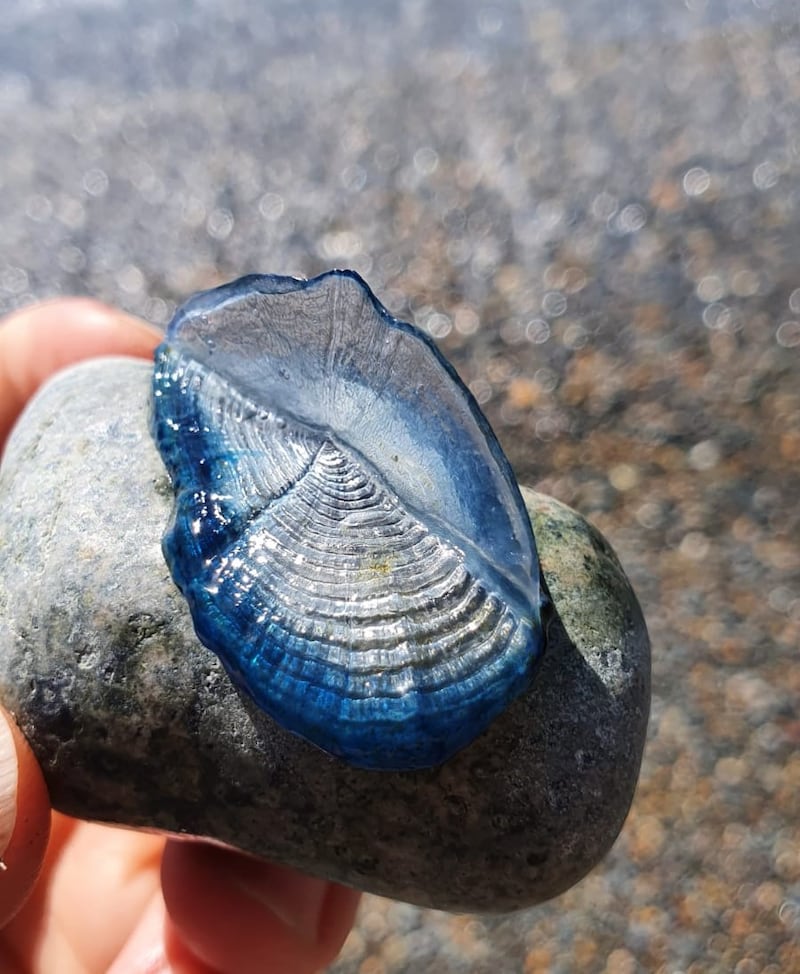
My husband found this beautiful creature at Trá na mBó in Co Waterford. – Trudie Young & Yago Fournier
This elegant creature rejoices in the name of by-the-wind sailor. A close relation of the jellyfish, it travels on the ocean surface with its sail raised to catch the wind. Tentacles hang underneath to catch its food.
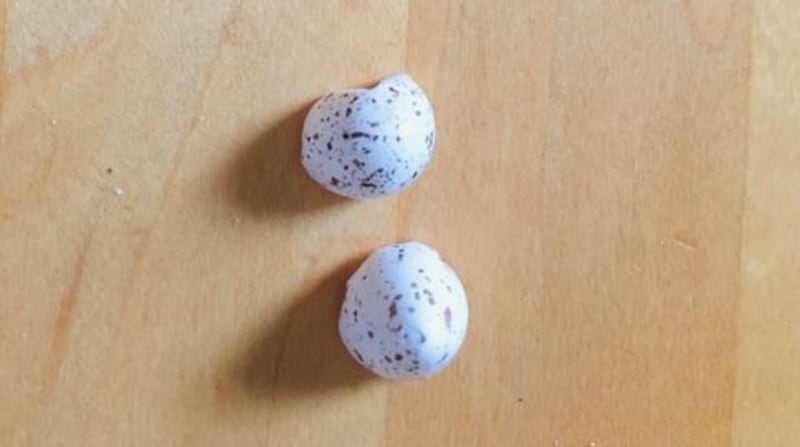
These bird's eggs came from a small mud-type nest attached to a rafter under a slate roof (formerly a pigsty). – Eleanor Murphy
These are the eggs of the swallow. Their mud nests are indoors in sheds and barns.
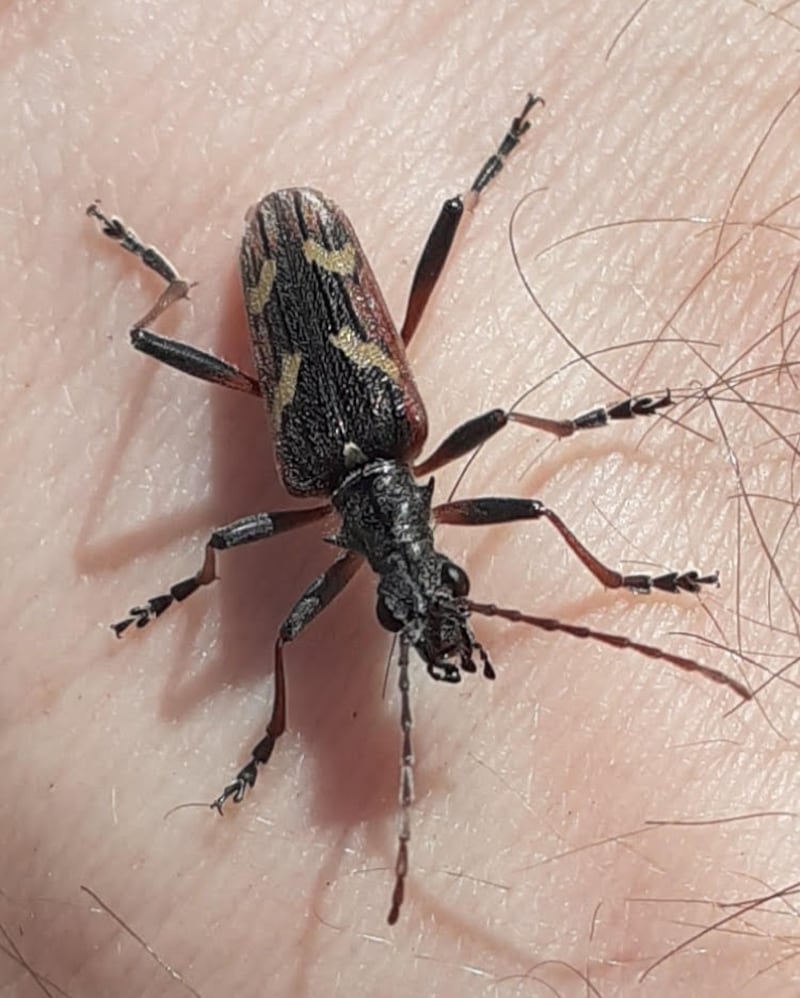
There were teems of these lads at the summit of Log na Coille in mid-June. – Liam White, Lucan, Co Dublin
This is the two-banded longhorn beetle, whose larvae feed on decaying pine stumps. Strong winds must have blown the emerging adults to the 925m top of Log. Fortunately for them, they don't feed as adults.
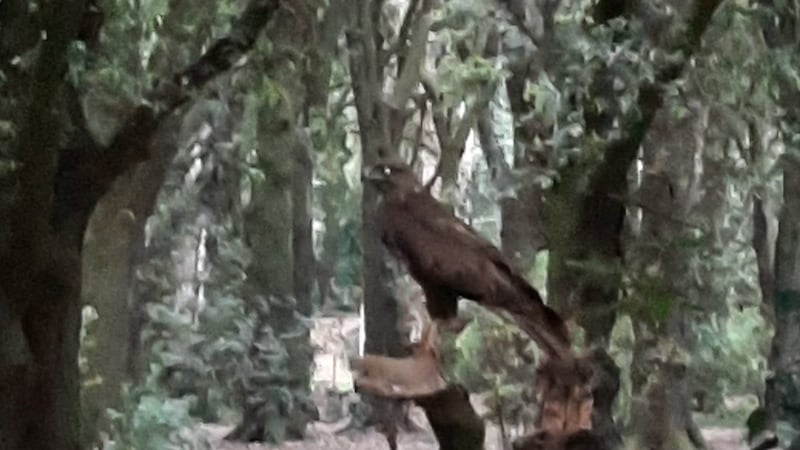
I spotted a golden eagle in St Anne's Park, Raheny, over the weekend. – Michael O'Dea, East Wall, Dublin 3
This is indeed a bird of prey, though not a golden eagle but a common buzzard. These large raptors have been breeding in in the park.
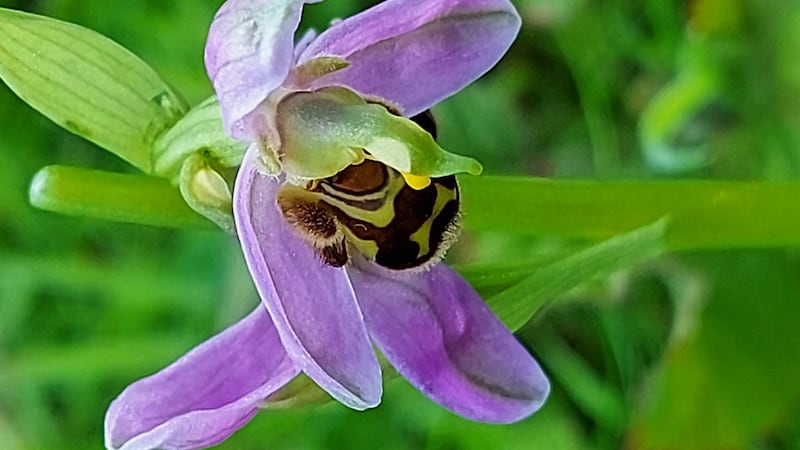
I photographed this bee orchid on Scattery island in Clare in mid-June. – U Connaughton, Ballinteer, Dublin
At the limit of its European range in Ireland, our pragmatic bee orchid is mostly self-fertile, rather than depending on its pollination from dopey male solitary bees to mistake it for a female.
Have you a nature query, observation or photo you would like to share with The Irish Times? Submit it, with location of the image, to irishtimes.com/eyeonnature










